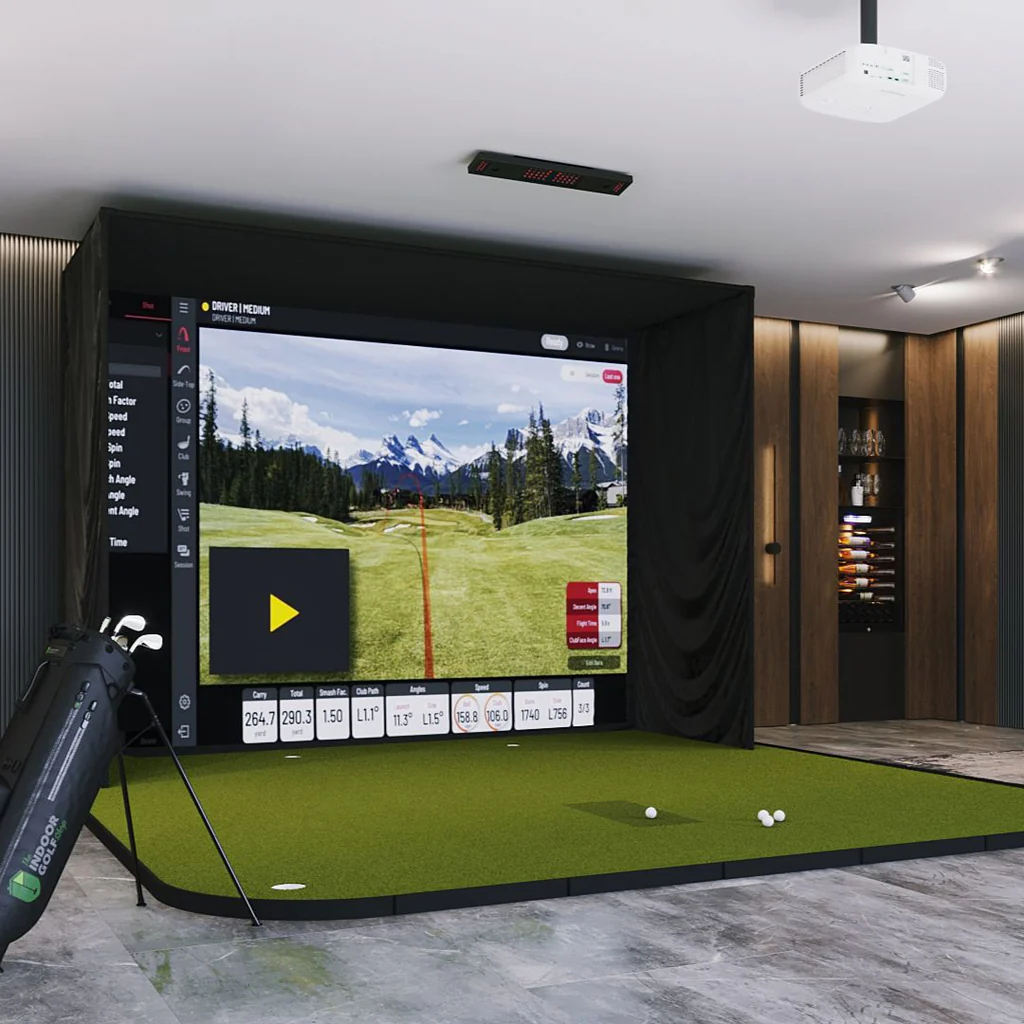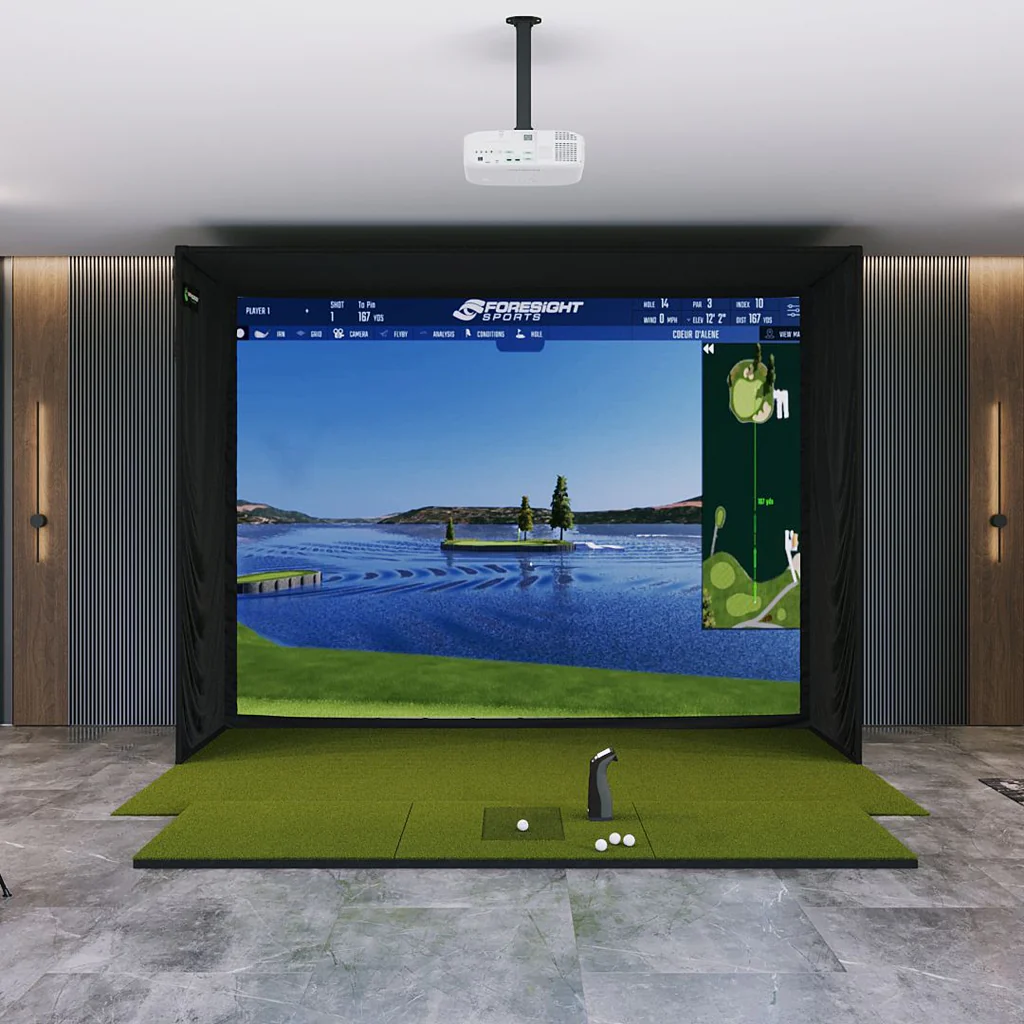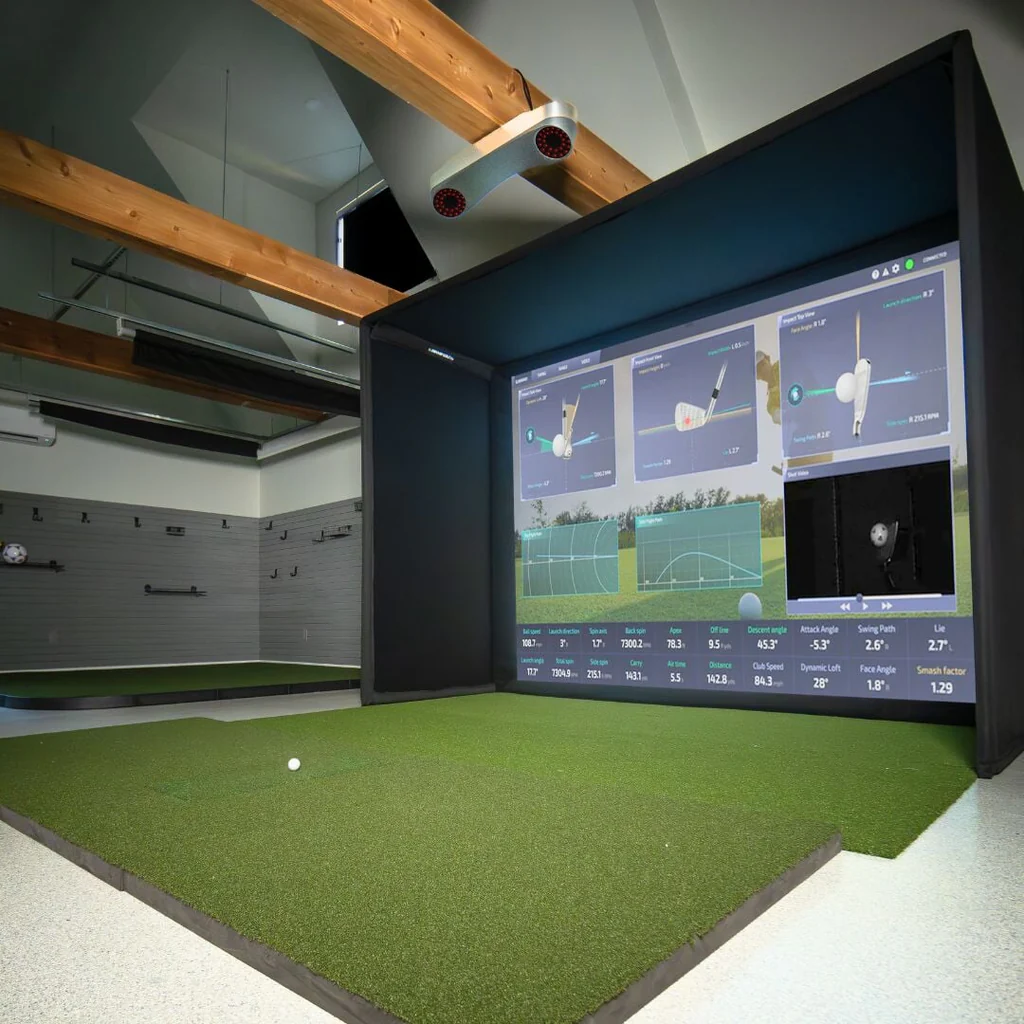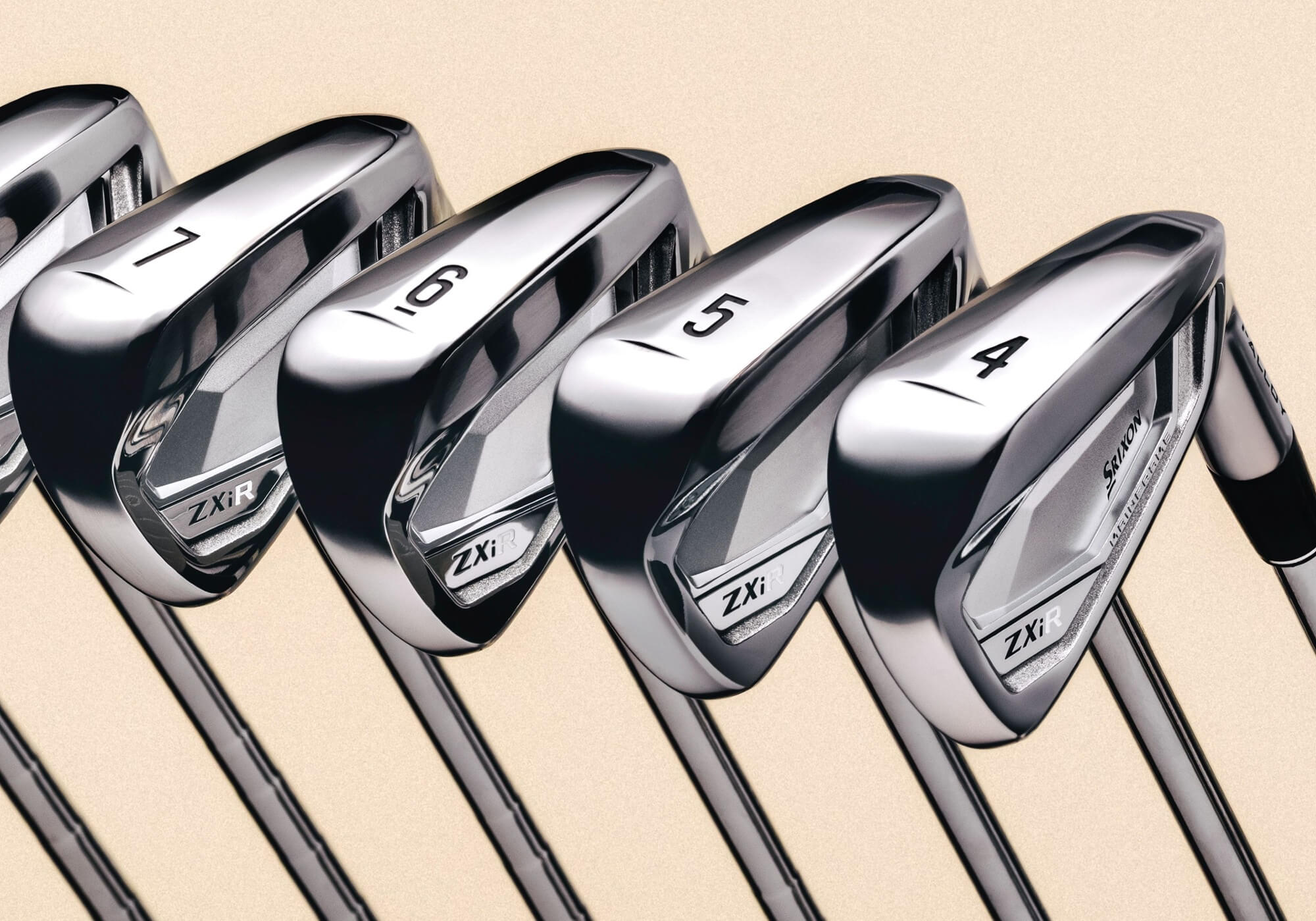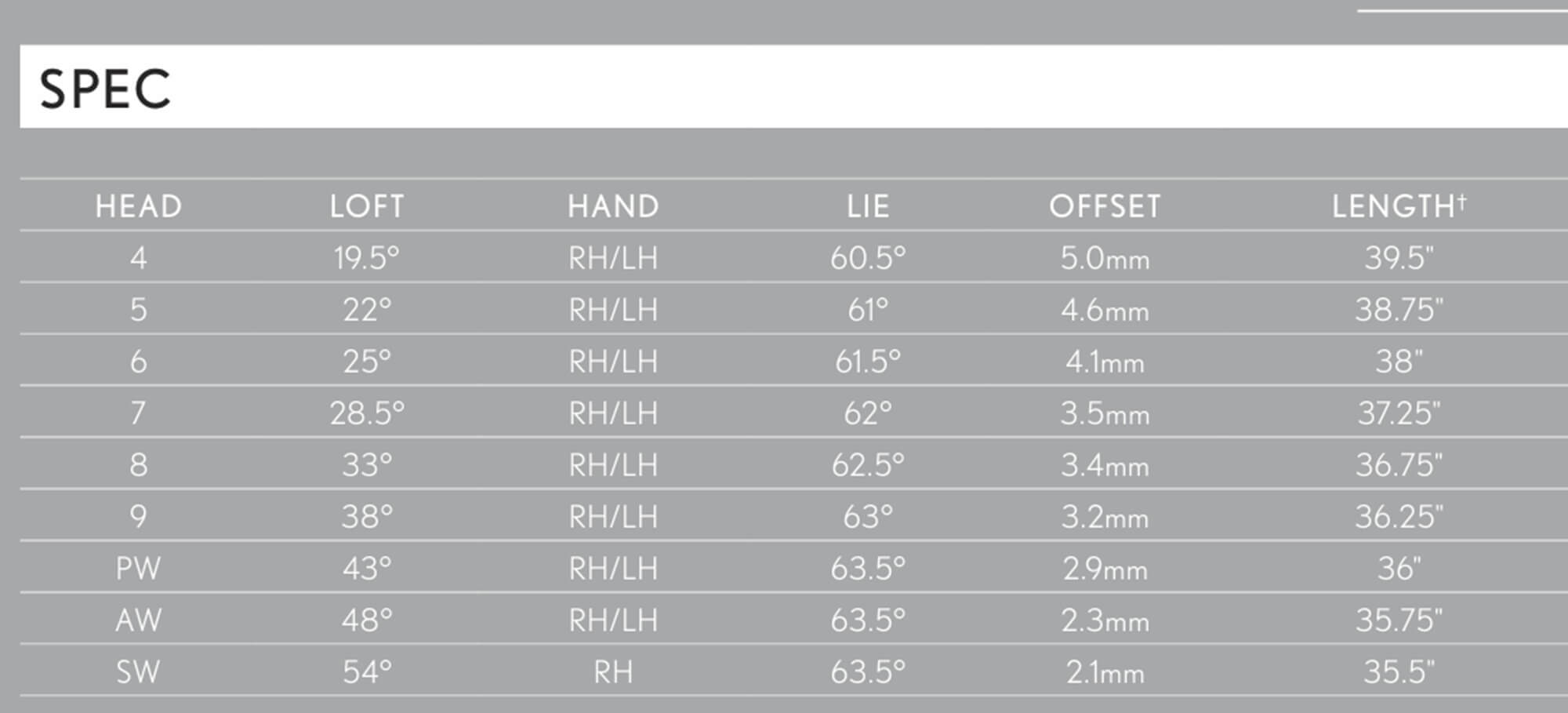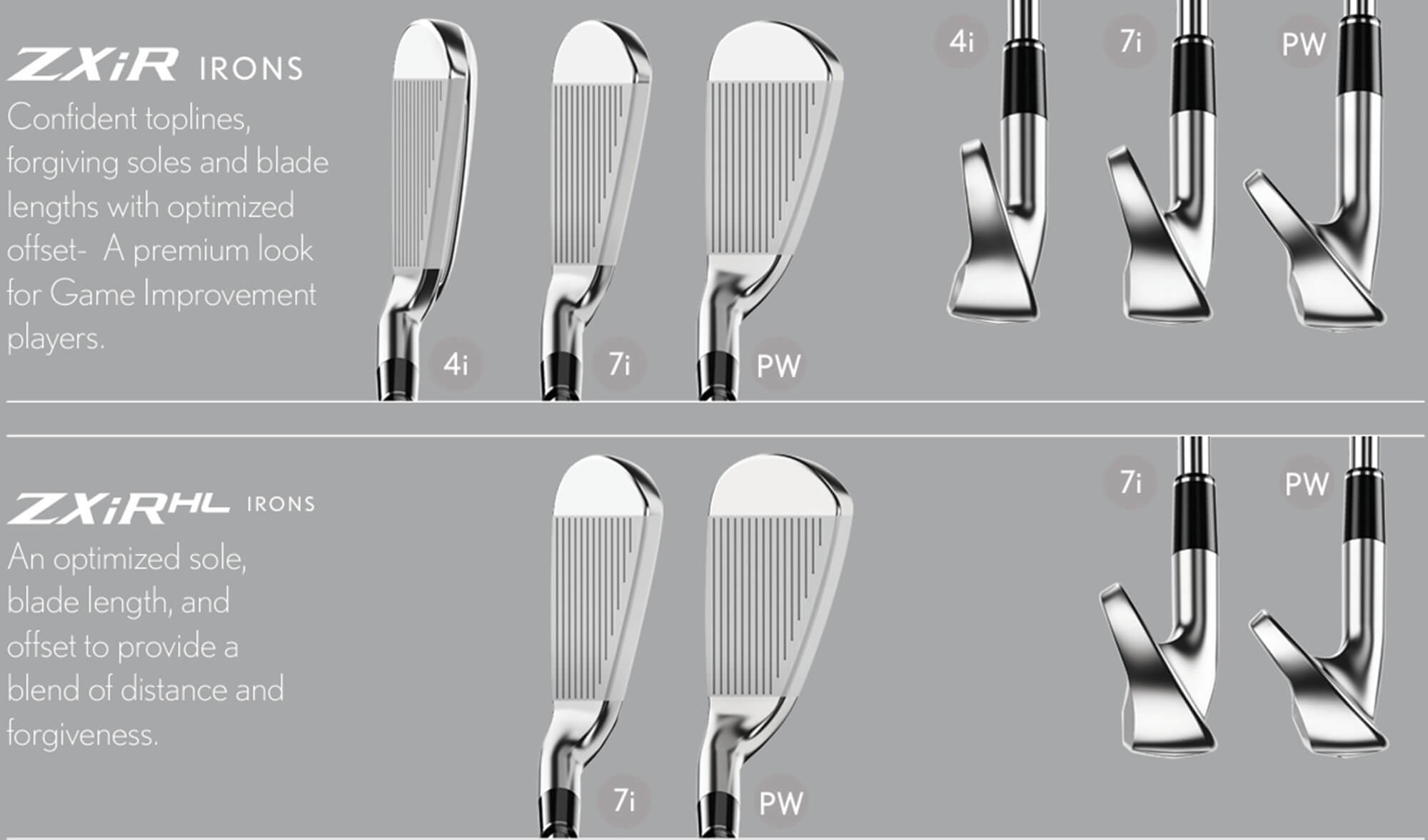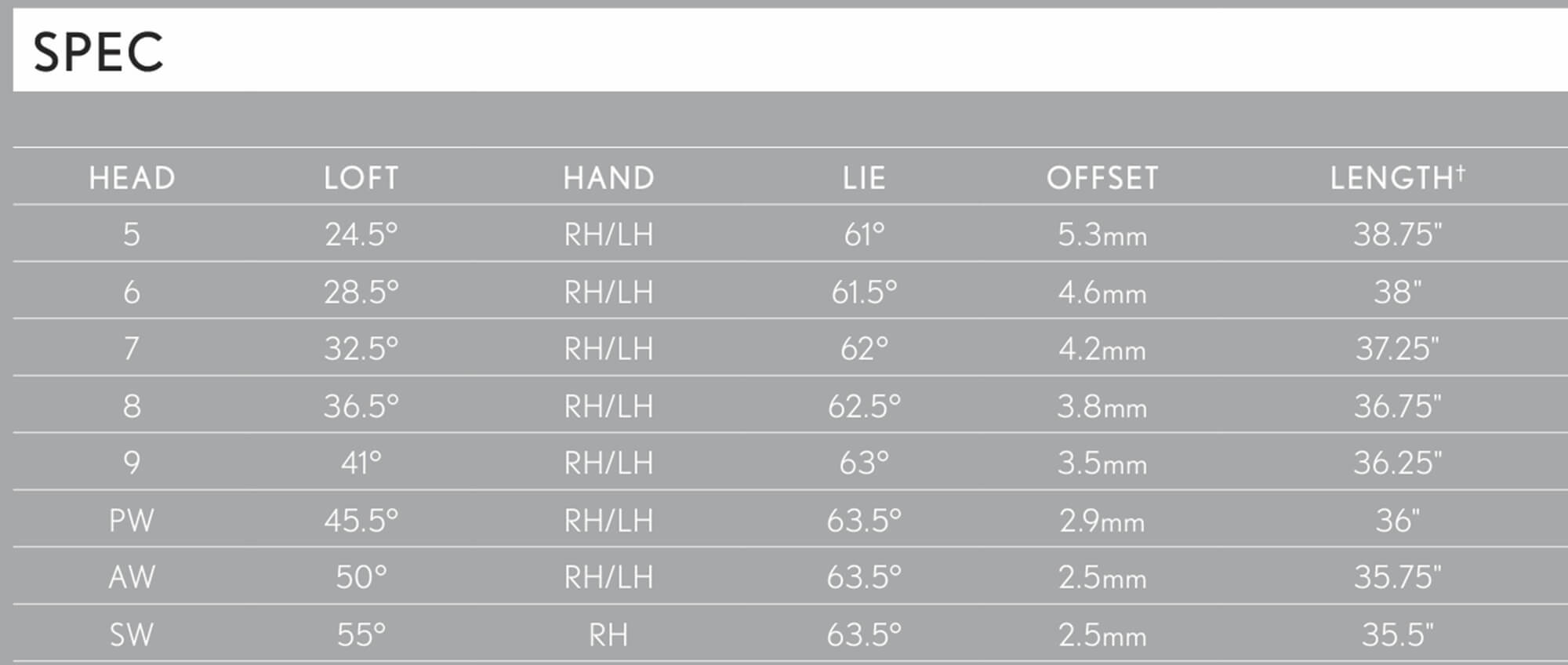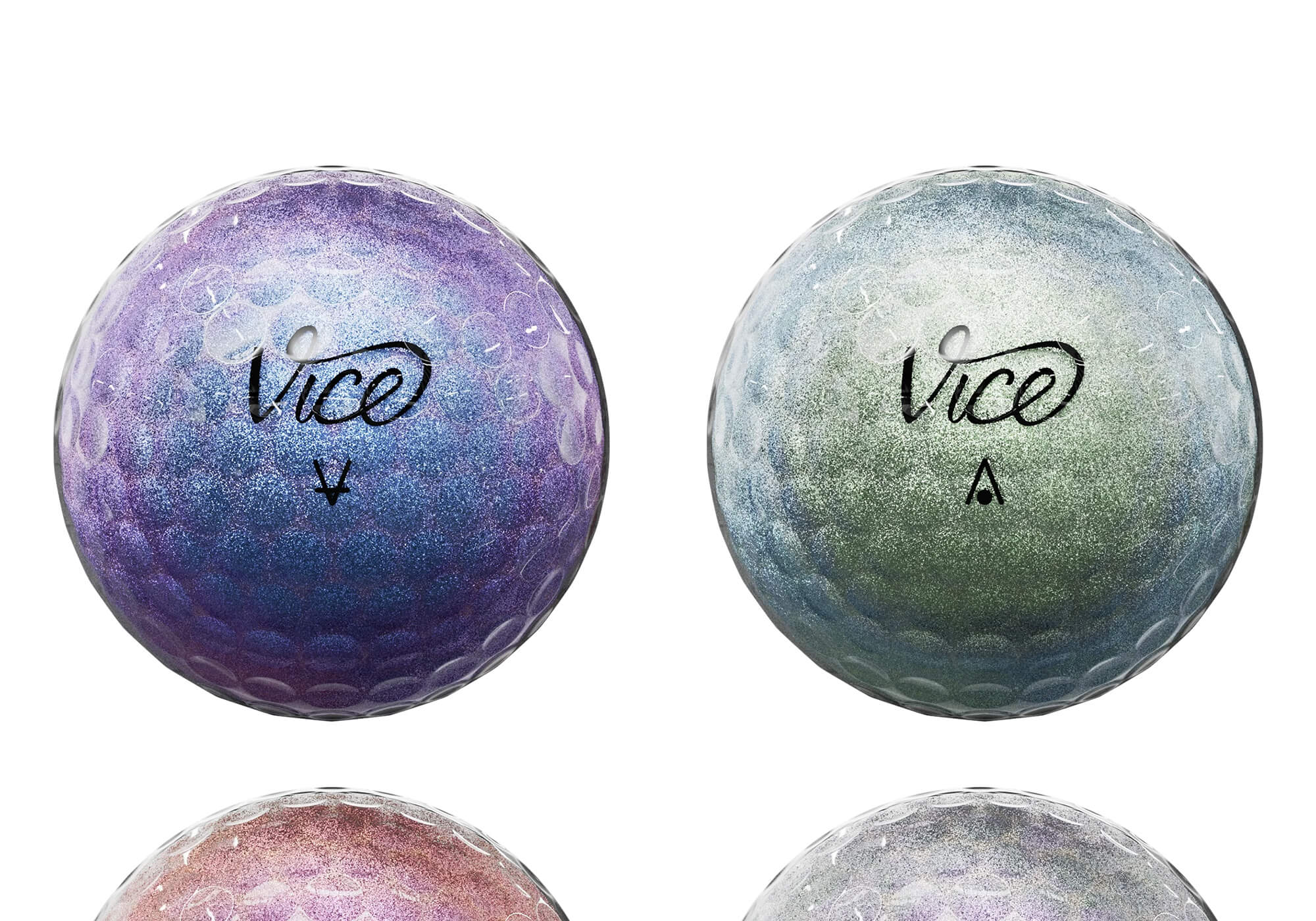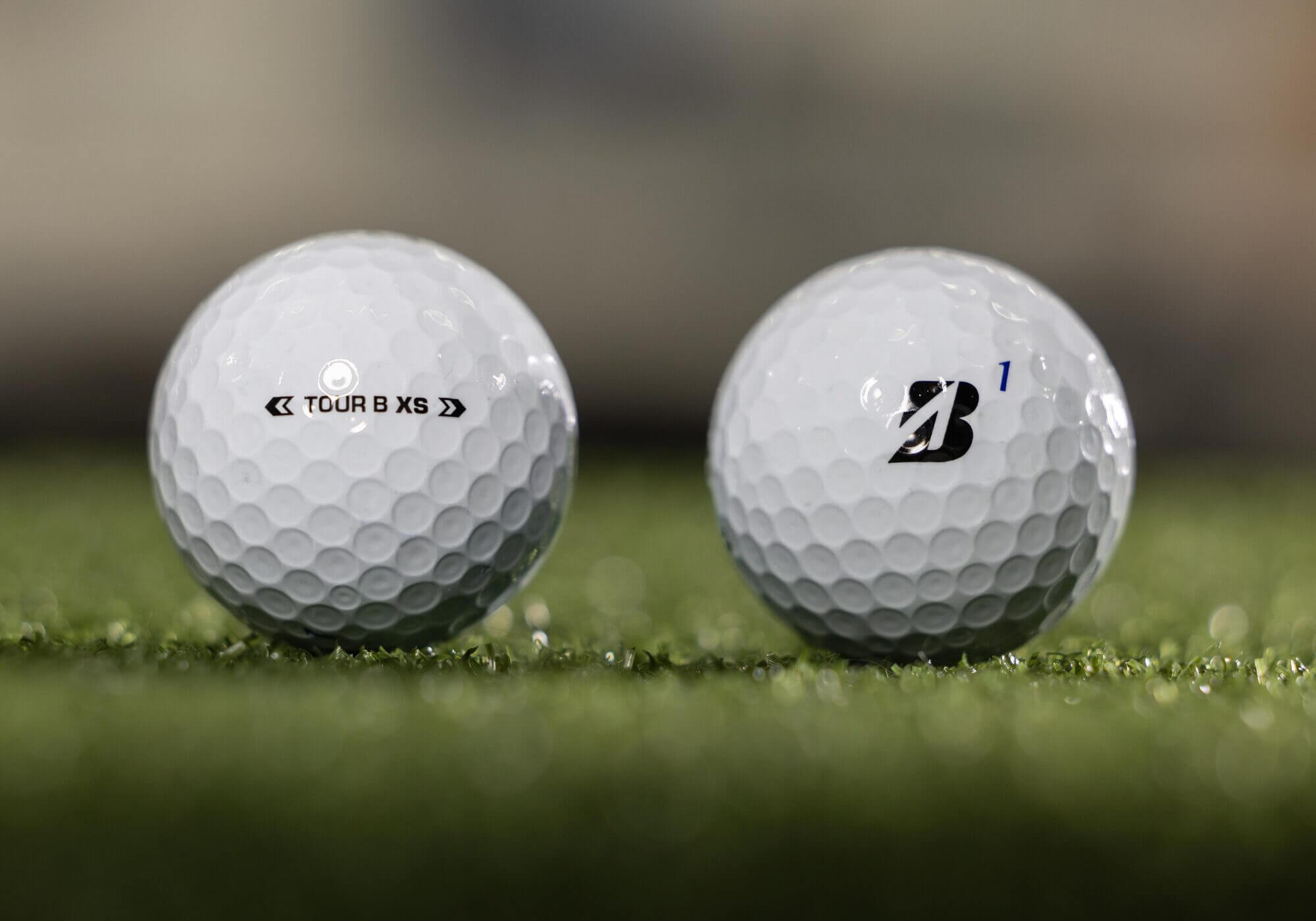Black Friday is the best time of year to upgrade an indoor golf setup, and Indoor Golf Shop’s sale brings real discounts on full simulator packages, hitting mats, and launch monitors. Whether you’re building a garage studio from scratch or adding one key piece to your current layout, this is one of the few times the bigger-ticket items come down in price. We sorted through the sale and pulled the deals that make the most sense… strong value plays, solid equipment, and bundles that actually save you money.
This package combines the SkyTrak+ launch monitor with the SIG10 enclosure and all the core accessories to build a high-quality simulator setup. The dual-Doppler radar in the SkyTrak+ tracks club and ball data indoors and out, while the SIG10 enclosure offers a full-frame impact screen and simplified room footprint. At under $4,200, this sits inside many home-studio budgets and becomes a realistic option for a lot of players. If you’ve been considering a serious indoor setup, this bundle makes the math a lot easier.
This bundle includes the Uneekor Eye Mini launch monitor and the SIG10 enclosure kit for a compact indoor simulator setup. The Eye Mini uses dual high-speed cameras to capture club and ball data, giving you advanced metrics indoors. The SIG10 frame and impact screen work with tighter spaces, making this setup viable for garages or spare rooms. With the sale pricing under $5K, this is one of the more accessible ways to bring high-end simulator performance home.
This setup combines the EYE XO overhead launch monitor with the full-size SIG12 enclosure to create a complete home simulator studio. The EYE XO uses high-speed cameras to capture detailed club and ball data with any ball you prefer. The SIG12 enclosure provides a large hitting area and a durable impact screen that holds up to regular use. With Black Friday pricing bringing the total under $10K, this package delivers a true high-end experience at a more accessible number. It is a strong option for golfers who want a full simulator build without cutting corners.
The GC3 is one of the most respected units in the personal-launch-monitor space, and building it into a SIG12 bay gives you a full-size environment to work in. The tri-camera system reads ball and club data with the precision Foresight is known for, and the enclosure provides enough room to swing freely without feeling cramped. The Black Friday pricing brings it into a range that makes sense for golfers who want serious accuracy and a studio that feels complete. If you are aiming for a setup built around dependable data and a larger hitting area, this combination stands out.


